Stick welding, also known as Shielded Metal Arc Welding (SMAW), is one of the oldest and most widely used welding methods in the world. From construction sites and shipyards to repair shops and manufacturing plants, stick welding remains a go-to process thanks to its versatility and reliability. If you’re new to welding or looking to better understand this technique, this article will break down what stick welding is, how the process works, and the key advantages of SMAW.
What is Stick Welding?
Stick welding (SMAW) is a manual arc welding process that uses a consumable electrode coated in flux to join metals. The “stick” refers to the electrode, which carries current and melts to form the weld joint.
The flux coating on the electrode is crucial—it produces shielding gases and a layer of slag to protect the molten weld pool from atmospheric contamination. This prevents issues like oxidation and porosity, ensuring a strong and durable weld.
Because SMAW doesn’t require external shielding gas (unlike MIG or TIG welding), it’s an ideal process for outdoor and remote applications where wind or weather conditions can make other methods impractical.
Stick Welding Process
Here’s how the SMAW process works step by step:
- Striking the Arc – The welder touches the electrode to the base metal, then pulls it back slightly to establish an electrical arc.
- Melting the Electrode – The heat generated by the arc melts both the electrode and the base metal, creating a weld pool.
- Shielding the Weld – As the electrode burns, the flux coating decomposes, releasing protective gases and forming slag on top of the weld pool.
- Solidification – The molten weld pool cools and solidifies, fusing the metals together.
- Slag Removal – After the weld cools, the slag must be chipped away to reveal the finished weld.
Stick welding requires steady hands and good technique, since arc length, travel speed, and electrode angle all impact weld quality.
Advantages of SMAW
Despite newer welding methods, stick welding remains popular because of its unique benefits:
- Versatility – SMAW can weld a wide range of metals, including steel, stainless steel, cast iron, and some nonferrous alloys.
- All-Position Welding – Welders can perform flat, horizontal, vertical, and overhead welds with stick welding.
- Portability – Stick welding equipment is lightweight and doesn’t require external shielding gas, making it perfect for on-site and fieldwork.
- Cost-Effective – SMAW machines are relatively inexpensive and widely available, making them a practical choice for many shops and contractors.
- Works in Harsh Conditions – Unlike processes that require shielding gas, SMAW can be performed outdoors in windy or less-than-ideal conditions.
Conclusion
Stick welding, or Shielded Metal Arc Welding (SMAW), has stood the test of time as one of the most reliable and versatile welding processes available. With its simplicity, portability, and ability to perform in a variety of environments, SMAW continues to be a cornerstone of industries ranging from construction to maintenance and repair.
Whether you’re just learning the basics of welding or considering which process is right for your project, stick welding remains an essential skill and a trusted method in the world of metal fabrication.

